FM Approved Foam Fire Protection
-
The Hazards
Ignitable liquids, including fuels, solvents, lubricants, hydraulic fluids and cooking oils, are often present in commercial and industrial environments in large quantities and pose a significant and persistent threat to property and safety. Ignitable liquids are simply liquids that will burn, creating challenging fire hazards that are not defined solely by the closed-cup flash point of the liquid.
These ignitable liquids spread rapidly if spilled and can be ignited by any number of energy sources present in the workplace, including electrical arcs, welding, hot surfaces and smoking. Once ignited, these fuels are extremely difficult to suppress or extinguish and can continue to spread, creating increasingly large pools, or flow through openings to other levels to create additional fires.
Adding to the challenge is the fact that water is not always effective against ignitable liquid fires. Because water is heavier than most ignitable liquids, it can expand the fire area by scattering the liquid and eventually settling under the burning liquid, where it no longer contributes to extinguishment.
Fortunately, foam fire extinguishing systems are highly effective against ignitable liquid fires. These systems are often used to protect aircraft hangars, storage tanks, ships, warehouses, parking garages, boiler rooms, gas stations, petrochemical plants, heliports, jet engine test facilities, and liquefied natural gas (LNG) storage/manufacturing.
Foam extinguishing systems use water and a foam concentrate under pressure to create expanded foam that can be sprayed onto burning surfaces, smothering the fire and cooling the fuel. One of the most common Class B foams is aqueous film-forming foam (AFFF), which is designed to spread over the surface of hydrocarbon- based liquids forming a film and limiting the generation of combustible gases. Alcohol-resistant AFFF (AR-AFFF) is a foam variant that resists the destructive action of alcohol, protecting the foam blanket.
-
Testing Required for FM Approval
FM Approvals has long approved foam extinguishing systems, based on NFPA and other industry standards. In 2011, FM Approvals re-released Approval Standard 5130, Foam Extinguishing Systems. The standard covers fixed fire extinguishing systems and requires the examination of the complete system, including foam concentrate, concentrate storage, proportioning device or system, discharge device and any other parts or components required to operate the system.
Foam fire extinguishing systems are classified into three general categories according to foam concentrate type: low, medium and high expansion. These special hazard extinguishing systems are typically used to protect only certain high-risk areas of a building and are commonly—not always—installed below a conventional sprinkler system. Sometimes foam-water sprinklers can serve double duty as a part of the building’s overall sprinkler system. In these cases, the foam blanket produced must be robust enough to withstand the water discharged from the sprinkler when the foam supply runs out.
The complexity of these extinguishing systems is typically dependent on the type of foam proportioning system used to maintain the correct volume proportion of concentrate in water over the specified range of flows. Typical concentrations are 1, 2, 3 and 6 percent, depending on the hazard.
Approval Standard 5130 can accommodate a wide range of foam fire extinguishing systems and components, limited only by a manufacturer’s design creativity and performance goals. Foam fire extinguishing systems are as varied as the threats they protect against, including:
- Foam-water systems that may use standard sprinkler heads and piping;
- Compressed air foam systems (CAFS) that use pressurized air or nitrogen; and
- High-expansion foam generators that require special venting.
-
Benefits and Availability
Approval Standard 5130 is unique in the industry in its evaluation of both the minimum and maximum application rates for foam extinguishing systems. Over the years, FM Approvals has found that the application rate can have a profound impact on extinguishing performance: too little and the foam blanket breaks down too quickly; too much expansion and the foam cannot penetrate the fire plume adequately.
Another critical performance factor that Approval Standard 5130 measures—and other certification organizations do not—is the minimum and maximum height from which a foam-water sprinkler, for instance, can extinguish a fire. This is important for occupancies where surfaces may vary greatly in elevation, such as in warehouses, turbine halls, and other industrial settings. The proximity of the foam discharge device to the fire surface can have dramatic impact on the foam’s extinguishing effectiveness.
FM Approvals also provides an alternative methodology for annually testing foam fire extinguishing systems, using far less foam than conventional techniques. Since many firefighting foams must be handled as hazardous waste after use, testing can be very expensive. Assessment Standard 5138, Proportioning Testing, establishes a relationship between the actual concentrate and a surrogate liquid (e.g., water or other liquid) allowing annual retests with little or no foam solution disposal costs.
FM Approved foam fire extinguishing systems and components are not only listed in the online Approval Guide but, just as importantly, FM Approved products are specified and accepted by building owners, designers and code authorities worldwide.
-
Success Stories
Extinguished Fire in Less Than 12 Minutes
Methanol used in the manufacture of glue at a chemical plant in Sayama, Japan, was accidentally released when a pipe was inadvertently removed for repair. It’s estimated the flow rate was 3.5 cubic feet (100 liters) per minute. The resulting pool of methane was ignited by welding sparks. Workers initially attempted to fight the fire with handheld extinguishers, but were unsuccessful. The area was evacuated and a fixed foam water system was activated. In less than 12 minutes, the foam system extinguished the fire.

